#psychidae
Text

this month's bugs. the outrageous one at the top right is real, Austrospirachtha carrijoi, a rove beetle that parasitizes termite nests
#commissions#bug doodles#bflyart#ariolimacidae#staphylinidae#tardigrada#aeshnidae#scelionidae#curculionidae#attelabidae#scolytidae#ligiidae#psychidae
3K notes
·
View notes
Text
scene from a wooden handrail in Singapore:
a psychid moth caterpillar trundles along in its mobile home stitched together from debris and silk. it’s stopped by a Hospitalitermes nasute-caste termite who pauses its patrol to investigate the strange fuzzy cone. after the soldier finds no threat, the little bagworm resumes its wandering
7K notes
·
View notes
Text
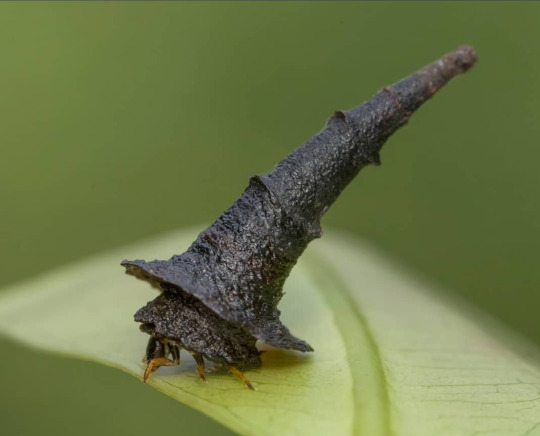
a larval witch!
unidentified bagworm caterpillar from Agumbe, India. photographed by Girish Gowda
6K notes
·
View notes
Text

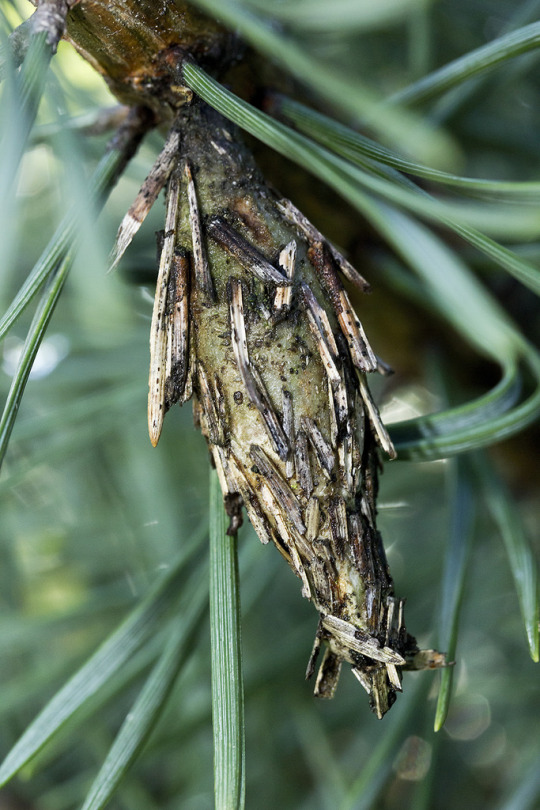
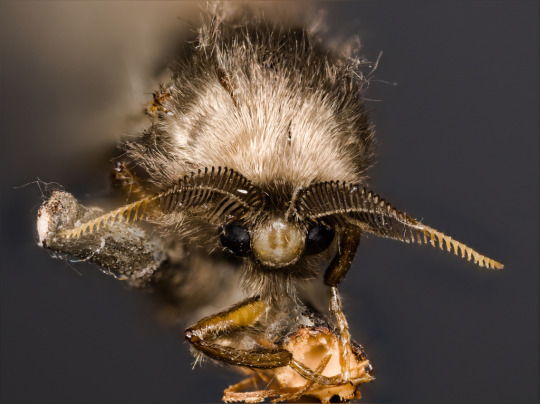
The Evergreen Bagworm Moth: The Ultimate Stay-At-Home Mom
The evergreen bagworm moth or common basket worm (Thyridopteryx ephemeraeformis) has one of the more unusual life cycles of the order Lepidoptera. They begin their lives as part of a clutch of 500-1,000 eggs, laid in September or October, and hatch the following April. While they're still caterpillars, both males and females begin constructing large, elaborately decorated cocoons from silk and fecal matter, as well as bits of leaves and bark from their host plant. This case is built around their bodies as they feed, growing up to 6 cm (2.3 in) in length, and is eventually attached to directly to the host plant. The caterpillar molts through seven instars without ever leaving this case, and when it's large enough the larva seals itself inside and pupates for about 4 weeks.
Fully mature adults emerge from their cocoons in mid-August. While males finally leave behind their protective cases entirely. However, females remain firmly entrenched in their cocoons, and emit pheromones to attract a mate. Once a male arrives, he inserts his abdomen into the cocoon's entrance to inseminate the female. After laying her eggs, the female dies, never having left the protective case that she built for herself. Once her eggs hatch, they disperse along the same host plant or "balloon" on strands of silk to find a new home. Individuals only live a single year.
Adult evergreen bagworm moths are fairly plain, though males and females are easily distinguished. Males are covered with dark brown or black fur, with comb-like antennae typical of moths. Unusually, though, male T. ephereraeformis have transparent wings; these can reach a wingspan of 2.5 cm (0.9 in). Female adult basket worms largely resemble the larvae of the species. They lack wings, as well as eyes, antennae, or a mouth. Her body is about 1.9-2.3 cm (0.74-0.9 in) long, yellowish, and extremely soft and unprotected-- hence the need for a strong cocoon.
While neither sex feeds as adults, caterpillar common basket moths are voracious eaters. Their primary food are evergreens, especially junipers, arborvitae, and red cedar, but they can also be found on a variety of other trees including oaks, willows, maple and elm. The most common predators of the evergreen bagworm moth are wasps and hornets, which are able to more easily infiltrate their protective casings, but both adults and caterpillars may also fall prey to woodpeckers, mice, and sparrows.
This particular species of bagworm moth is common throughout eastern North America, particularly in areas with mixed or evergreen forests. The common basket worm can also thrive in urban environments, as there tend to be fewer predators to control their populations.
Conservation status: The evergreen bagworm moth has not been evaluated by the IUCN. Due to its large and widespread population, the species is likely stable; in many areas it is considered a pest due to the rapid rate at which a population can decimate the local vegetation.
If you like what I do, consider leaving a tip or buying me a kofi!
Photos
Dave Webb
Ben Gruver via iNaturalist
Barbara Speckart
#evergreen bagworm moth#common basket moth#Lepidoptera#Psychidae#bagworm moths#moths#lepidopterids#insects#arthropods#evergreen forest arthropods#mixed forest arthropods#urban arthropods#north america#eastern north america#animal facts#biology#zoology
69 notes
·
View notes
Text


The time I found a bagworm on a grass bunch in the middle of the pavement. I took it home and put it in our vegetable garden.
23/11/23 - Psychidae sp.
QLD:WET
#invertblr#invertebrates#bugs#bugblr#bugs tw#bug#insects#insecta#insects tw#insectblr#insect#entomology#Arthropods#Arthropoda#Psychidae#tineoidea#bagworms#case moths#unidentified#cocoons & cases
18 notes
·
View notes
Text
#2035 - Lepidoscia arctiella - Tower Casemoth

A case moth species found in all Australian states, on a variety of foodplants. Distinguished from other in the large genus by the cases, which are up to 35mm long, and constructed from tiers of short twigs or stems or cylindrical leaves, each cut to the same length.
The adults are black and brownish yellow - this one is very similar to artiella but isn't an exact match for the markings.
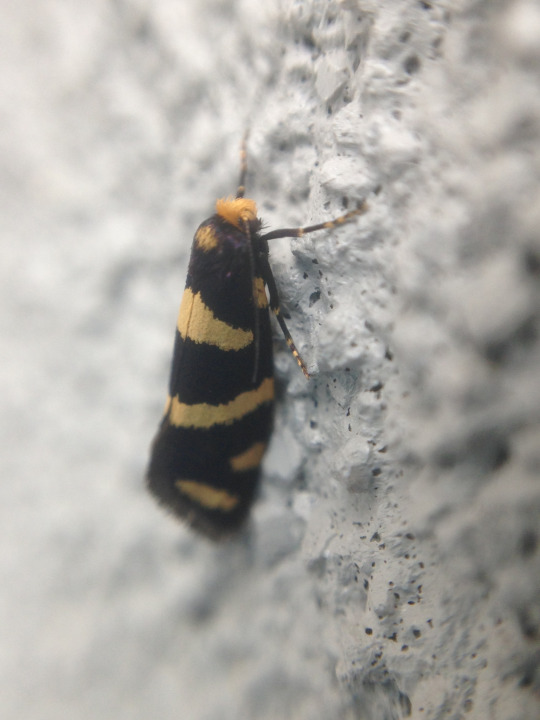
6 notes
·
View notes
Text
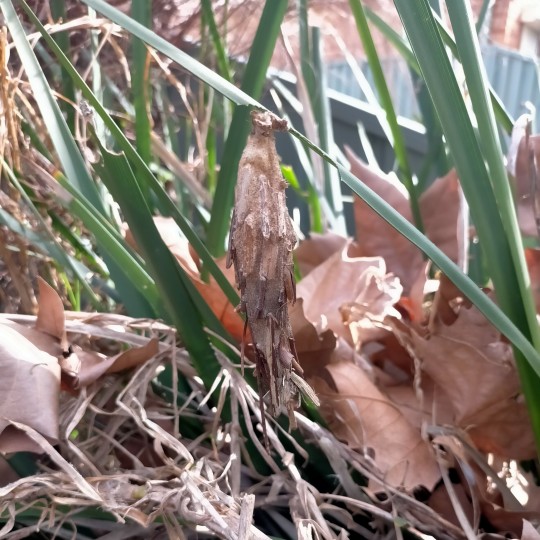
Metura elongatus
30-SEP-2022
Melbourne, Vic
#australia#victoria#melbourne#australian natives#native fauna#saunders case moth#large bagworm#moth#caterpillar#bagworm#casemoth#insect#bug#invertebrates#arthropod#arthropoda#insecta#lepidoptera#psychidae#metura#metura elongatus
3 notes
·
View notes
Text

Psychidae sp.
Bagworm moth (larval form: caterpillar)
21 of October 2022 — New York, USA
The caterpillar uses silk to entwine itself with bits and pieces it collects from the environment, essentially making its own little ‘sweater’ to camouflage it from predators. This is my first time seeing one out in the wild, an incredible find!
5 notes
·
View notes
Text
Desi bigtits kik girl
Fetching cum gay porn xxx Once again John was able to take the entire
Ebony taking backshots
Jessica Loves Abigail Mac
Ani Blackfox enjoys bisexual threesome
Teen enema babes assfucked in threesome
Big ass rides like a cowboy
Lexi Lore In Daddys Special Hug
Pagando peitinhos
My big caribean african ass wife
#alkene#opiomania#meteoristic#brelaw#unsomnolent#short-haired#perdues#inbond#nawies#half-fulfilling#bilateralism#megane#down-coast#weary-winged#hyoidan#antimodern#boltin#Haliaeetus#Psychidae#untenseness
0 notes
Text

Full bishop follower lineup!!
Insp/species interpretations:
Kallamar - Taningia danae/Sepioteuthis sepioidea
Leshy - Bagworm (Psychidae family)
Heket - Schismaderma carens/Oophaga pumilio
Shamura - Irura bidenticulata
#a glimmer in the water ;; art#cult of the lamb#cotl shamura#cotl kallamar#cotl heket#cotl leshy#I did try to hunt down a more specific species for Leshy but sadly I couldn't find details on most
388 notes
·
View notes
Note
Hi! I was wondering, have you posted about the Saunders’ Case Moth yet? I just think it’s a cool-looking moth.
Moth Of The Day #246
Saunders' Case Moth / Large Bagworm
Metura elongatus
From the psychidae family. The males have a wingspan of 30 mm, the females do not have wings and remain in the larval case. They can be found in the eastern half of Australia.



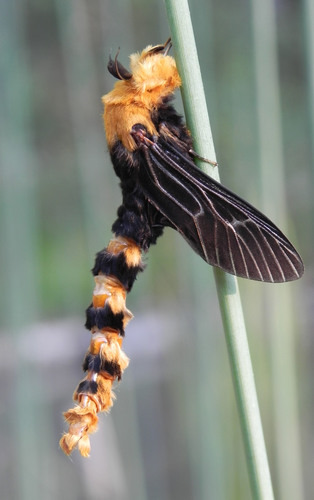
Image sources: [1] [2] [3] [4]
#moth#moths#lepidopterology#lepidoptera#nature#pretty moth#bugs#insect#moth of the day#motd#lepidoptery#entomology#bugblr#bug#insects#caterpillars#caterpillar#australian moth#moth larva#larva#saunders case moth#metura elongatus#large bagworm#psychidae moth#psychidae
188 notes
·
View notes
Text
another little psychid moth larva on the move across a rope railing in Singapore. this one made its case from bits of dead leaves
886 notes
·
View notes
Note
Do you have any fun Burmy facts?
Burmy Facts

(Art by Kouki Saito)
-The scientific name for Burmy is "Psychidae vermis." Psycbidae refers to the genus family genus family of bagworm pokemon, while vermis means worm. The translation for this pokemon is "Psychic worm"
-Without their cloak, Burmy look really similar to Weedle. Despite this, they are more related to Pineco and Butterfree than they are Weedle

-The depiction of trash cloak burmy in cartoons represents fiberglass insulation. This is dangerous to touch or breathe, so if your burmy has somehow ended up in this form, it is highly recommended to take it to a bug-type specialist to help coax it out of this cloak and provide a safer 'trash' material such as shredded receipt paper or copper wire (by @oberons-ghost )
-Sinnoh is known for making clothes out of the soft silk that Burmy produces
-Since sandy cloak burmy usually live in caves, after years of selective breeding in the wild, the burmy that live there are usually more rough looking and have bigger eyes to see in the dark
-If raised in captivity, some Burmy will often use the clothes of their trainers as cloaks (the Wormadam end up looking very intersting)

(Art by PinkGermy on Deviantart)
-While Burmy (and other caterpillar-mon) have 600 muscles, Burmy muscles are a lot weaker since they don't move around much. The muscle on Burmy's head that keeps them up is the strongest
-While Wormadam look different depending what material they had as a Burmy, Mothim can look a bit different as well (I'll probably show that in a different post)

Mothim Facts
#//sorry its short#//i genuinely couldnt think of anything interesting about it#rotomblr#pokemon irl#pokeblogging#pokeblog#irl pokemon#pokemon#pokeblr#rotumblr#pkmn irl#pokemon roleplay#irl pkmn#burmy#wormadam#bug types#bug type pokemon
26 notes
·
View notes
Text



Psychid Moth Spotted at the Trainstation
The Australian Bag Moth has a colorful adult stage.
The females of this species do indeed leave their cocoons after pupation, and are bright blue with small wings.
Cebysa leucotelus
21/03/23
#Cebysa leucotelus#Australian Bag Moth#Psychidae#Case Moths#bagworms#Tineoidea#lepidoptera#lepidopterology#moths#mothblr#invertblr#invertebrates#Arthropods#Arthropoda#bugs#bugs tw#bugblr#insects#insecta#insects tw#insect#insectblr#entomology
36 notes
·
View notes
Text
Psychidae
I'm indeed luck to meet such artsy critter nearby, my first time seeing one of these moths. I feel mesmerized.


3 notes
·
View notes
Text
Cooleenup Island Species List 2023 - MOTHS
June 9th to 11th
12C-18.5C, 2.4mm-12.5mm rain, strong wind on Sunday
INSECTS - MOTHS (23-27spp.)
INSECTS - NOCTUOID MOTHS
Clouded Footman Moth Anestia ombrophobes ♂️ and ♀️ (Erebidae)
Pantydia 1 sp. (Erebidae)
Two-toned Hookwing Sophta hapalopis (aka Laspeyria hapalopis) (Erebidae)
Pasture Day Moth Apina callisto larva (Noctuidae)
Club-bearing Saltbush Moth Ectopatria clavigera (Noctuidae)
Unidentified Saltbush Moth Ectopatria sp. (Noctuidae)
Commonia hesychima (Notodontidae)
INSECTS - GEOMETRID MOTHS
Androchela 1 sp.
Dodder Laurel Cape-Moth Cassythaphaga sp.
Autumn Gum Moth Mnesampela privata
Lemon Gum Moth ♂️ Plesanemma fucata
Syneora 1 sp.
Unidentified Ennomine 2 spp. (Subfamily Ennominae)
INSECTS - OTHER MOTHS
Uncertain Lappet Moth ♀️ 1 sp. (Anthelidae)
Pond Moth Hygraula nitens (Crambidae)
Western Porela Porela amathodes ♂️ (Lasiocampidae)
Unidentified Porela ♂️ 1 sp. (Lasiocampidae)
Ribbed Case Moth Hyalarcta nigrescens (Psychidae)
Lepidoscia arctiella (Psychidae)
Lomera sp. (Psychidae)
Unidentified Case Moth 1 sp. (Psychidae)
Olethreutine Leafroller Moth (Tortricidae, Subf.Olethreutinae)
3-7 unidentified sp.
0 notes